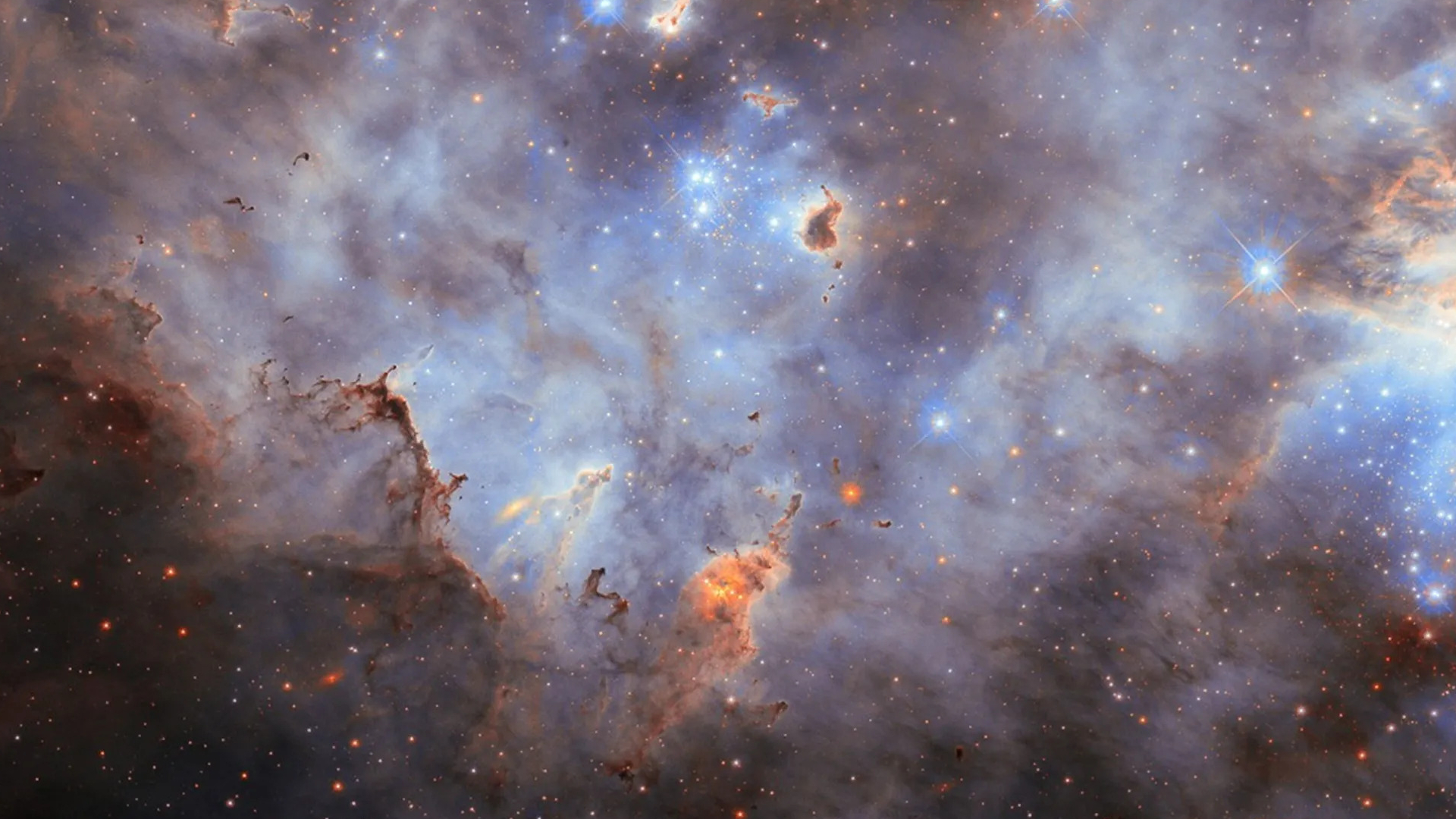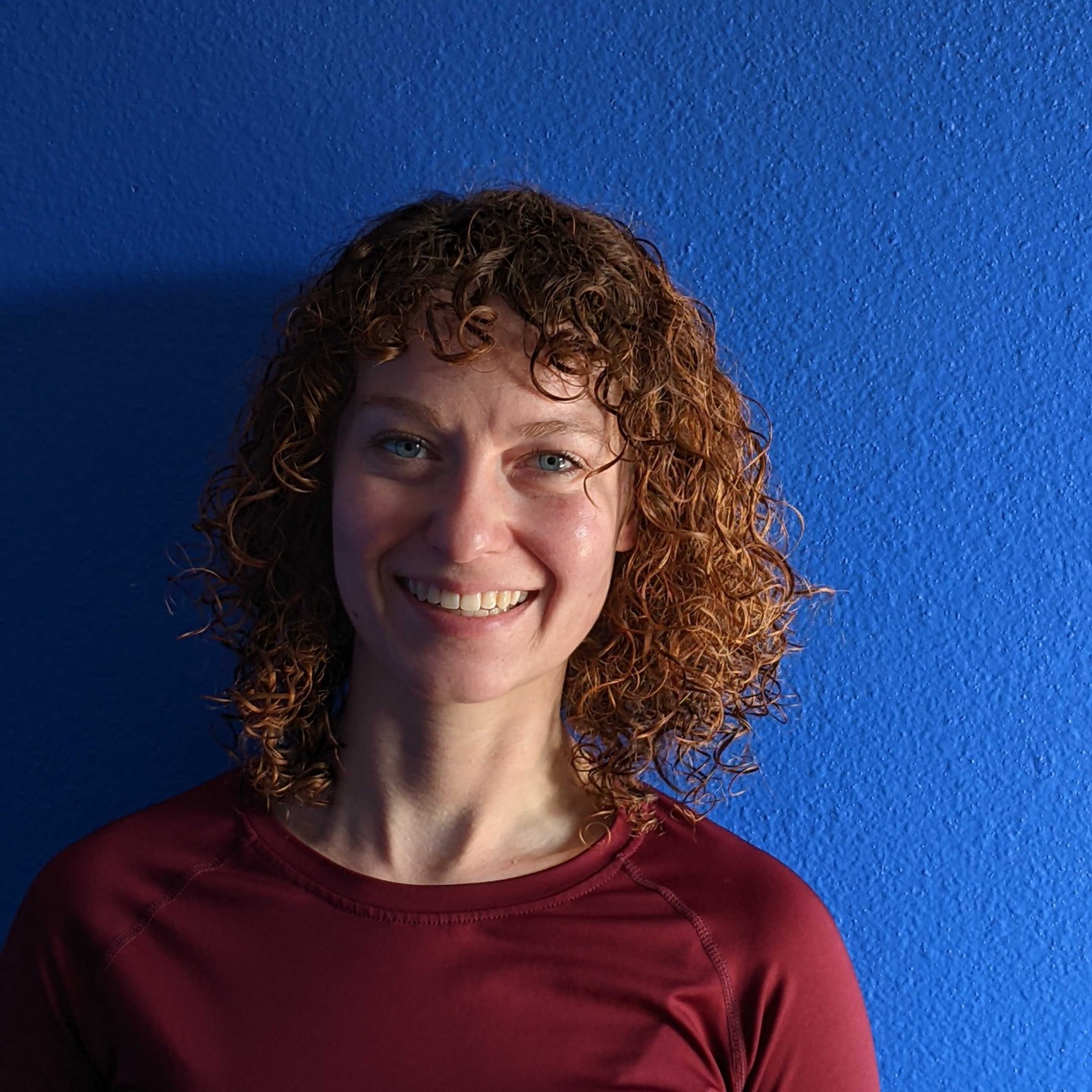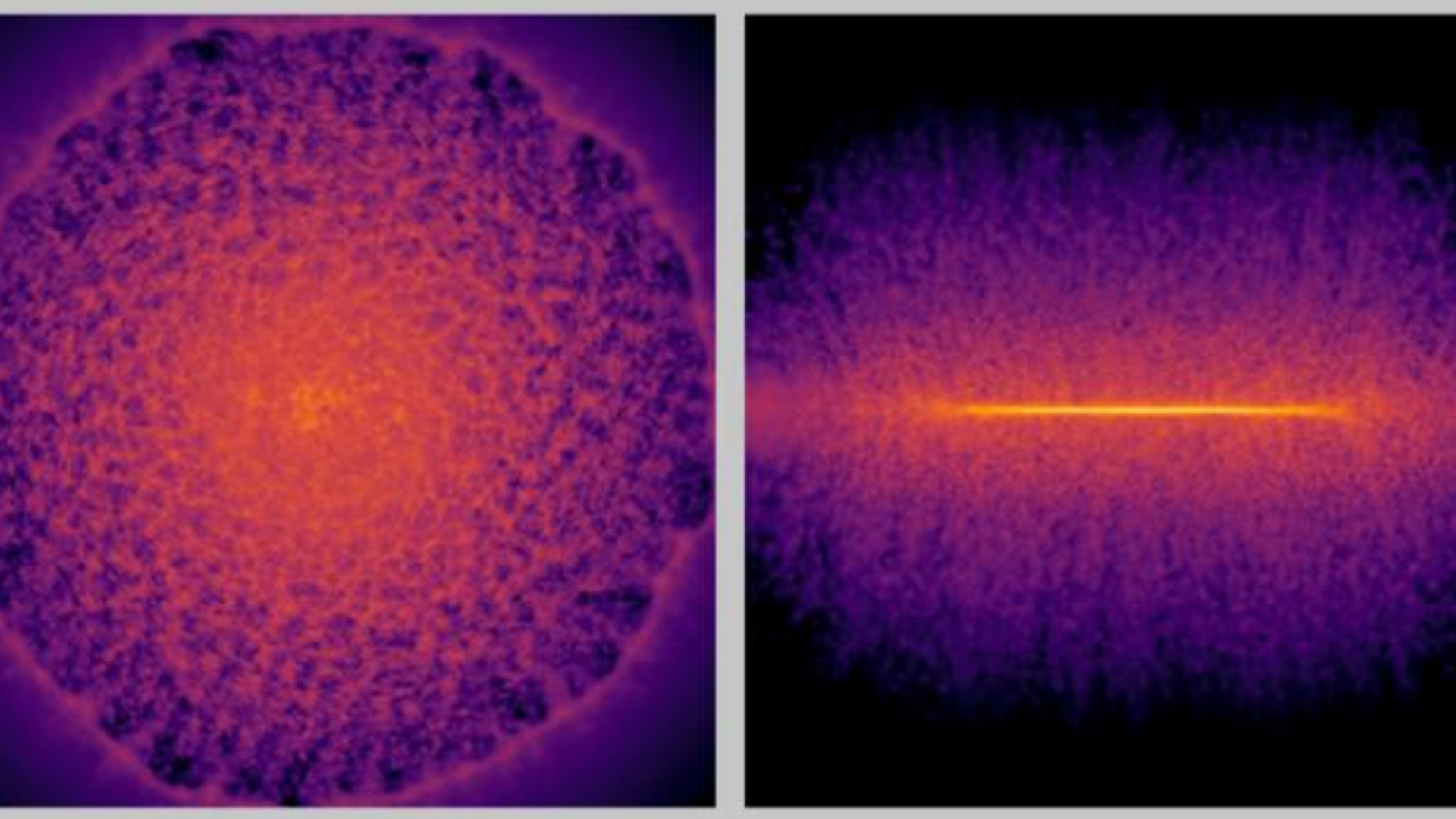Cosmic clouds caught by Hubble Telescope | Space photo of the day for Oct. 7, 2025
The cluster can offer fresh insights into how stars of all sizes form and evolve.

Star clusters are among the many objects observed by the Hubble Space Telescope. These gravitationally bound groups of stars often form from the same molecular cloud and come in various types. These clusters help astronomers study stellar evolution, star formation environments and the interplay between stars and interstellar gas and dust.
Recently, the Hubble Space Telescope caught one of these clusters in the Large Magellanic Cloud.
What is it?
The Large Magellanic Cloud (LMC) is considered a satellite galaxy of the Milky Way. It's actually visible to the naked eye from the Southern Hemisphere and is an ideal hub for studying star formation and galactic structures. The LMC is defined as an irregular galaxy, as it lacks the well-defined spiral arms seen in many larger galaxies.
Where is it?
The LMC is located around 150,000 light-years from Earth.
Why is it amazing?
Because its stars are relatively nearby and its chemical makeup differs slightly from that of the Milky Way, the LMC provides astronomers with unique opportunities to compare how stars and galaxies evolve in different environments.
In this image, Hubble peers into the second-largest star forming area of the LMC, known as N11. The picture created is the result of combining observations taken roughly 20 years apart. The older data (from 2002 to2003) used Hubble's Advanced Camera for Surveys, while newer data from Hubble's Wide Field Camera 3 focuses on mapping the dusty gas structures.
Want to learn more?
You can read more about the Hubble Space Telescope and the formation of stars.
Breaking space news, the latest updates on rocket launches, skywatching events and more!
Kenna Hughes-Castleberry is the Content Manager at Space.com. Formerly, she was the Science Communicator at JILA, a physics research institute. Kenna is also a freelance science journalist. Her beats include quantum technology, AI, animal intelligence, corvids, and cephalopods.
You must confirm your public display name before commenting
Please logout and then login again, you will then be prompted to enter your display name.

